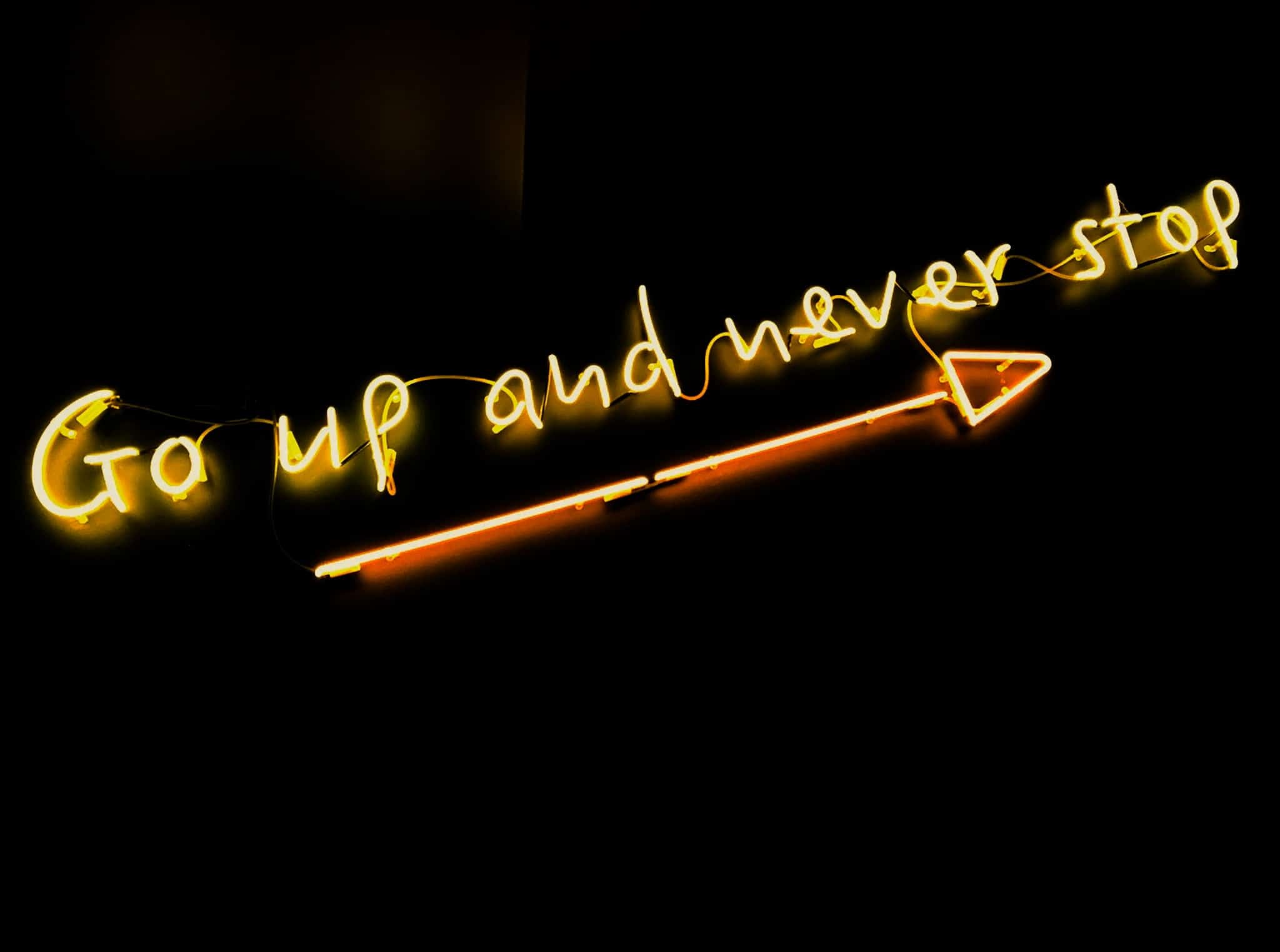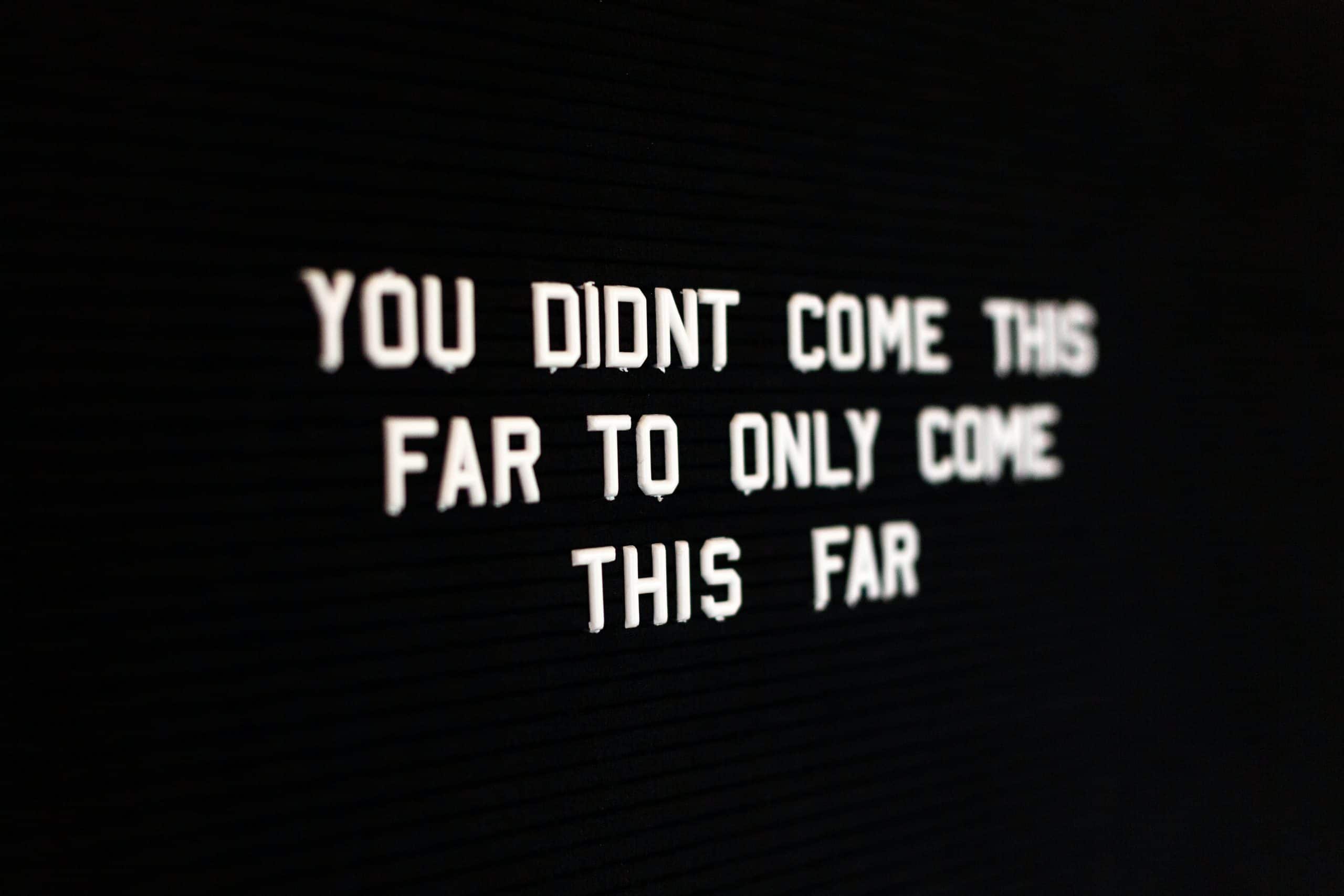This week, featured on theprintspace blog is Harry Rose, who has recently joined the marketing team! You may have heard Harry’s name before – he is the co-founder and content editor of Darwin Magazine, the popular online and print photography magazine focusing on and giving a platform to emerging photographers.
You might not know this, but almost our entire team here at theprintspace are creatives, with many being former photography/arts students themselves – we firmly believe in being for artists, by artists! So please read on and discover our newest team member’s story.

Before we get into it – please introduce yourself!
Hello! My name’s Harry and I graduated from Newport University, where I studied photography. It’s also where I set up Darwin Magazine with my good friend Ryan Grimley. I run Darwin Magazine with a small team of people who all work full-time in the photography industry. I’m a very vocal and passionate person when it comes to photography!
What’s your story? How did you get involved with photography and the creative industry?
Well I first got into photography when I wasn’t very good at anything else. It was a get-out-of-jail-free card in many respects. My first few photographs were terrible. But the more I saw and read, the more I realised what it was that I wanted to do; taking pictures and being good to people. I jumped through the academic hoops of fire and worked as much as I can with other people: internships, volunteering, going to talks… anything that kept me in the loop. I wasn’t really invited into the photography industry, I sort of just turned up and made enough noise, let people know I was hungry to be involved with creatives and photography in any form. Nothing really fell into place; I had to guide everything carefully so it all fit. Essentially playing Tetris but with your career and future.
What was your motivation behind starting up Darwin?
Darwin really came out of the frustrations I had with the photography industry. Not everything is pretty and gleaming in the photographic world; there are dark patches that needed ushering away. I think it’s important to harbour your dislikes and frustrations within any creative industry, as it will motivate you to implement more good. What I was seeing was the same well-celebrated and known photographers usually taking up most of the space in print and online, and not leaving much space for other people to break through and have their say.
Darwin was the first photography magazine to come out of Newport University, and it came from a good place with a lot of students and tutors saying there was a huge want and need for something like it. So Darwin Magazine was set up to support emerging talent and work which was intuitive and brilliant, but sadly wasn’t flavour of the month. By doing this though, we have turned fairly unknown photographers and talent into popular and regular features in the photography world.
Darwin has always been about championing the little guy but also providing another voice, both visually and audibly. It’s been a real challenge presenting work that goes against the status quo, but I’m proud of everything the team and I have done so far. It’s gone from fairly unknown to somewhere where industry professionals go to for inspiration and finding fresh talent. You can’t ask for more than that really.

Let’s get personal – tell us a bit about your most recent work/project.
I’ve been working on a body of work around Cryptids in the UK for some time. I’ve always been fascinated between photography and its relationship with truth and the supernatural, what’s real and what isn’t, and how sometimes it doesn’t matter at all as long as you get some form of stimulus from the visuals. So currently focusing the project on the Woodwose (British Bigfoot) and working closely with members from the British Bigfoot society, recording stories of encounters. It’s a very complex project; those who are sharing their stories with me don’t want their names or faces included within the project, so it’s a very complex project in its nature. And whilst those outside of the Bigfoot community may think its all laughs and full of crazy people, there are those inside who are very lovely and caring people. Handling the subject matter so everyone is on the same page and understands its not only about mythology and folk lore, but how modern man still wants to believe in such things. And their belief shouldn’t be mocked or laughed at. I do get bits of hair and rocks that have been thrown by Bigfoot in the post; the truth is out there I guess!


Why is print important?
You really don’t understand your own work until you see it all printed out in front of you. The way you stand, lean into look closer at an image you’ve had on your screen for months… it’s a totally different experience. And I think everyone who is serious about his or her photography or artwork has to do it. The screen is limiting. Luckily at my university I was encouraged to print everything. Print it big, pin it on your bedroom wall, wake up to your photographs every day. You’ll soon be far more critical of your work than sharing a photo on social media and trying to reel in the likes. Learning the basics like sizing an image, assigning a paper profile to the image, working on a colour calibrated screen: these skills are basic but vital. Print will never be dead, nor will film. Those types of conversations have been over killed and are a little boring to keep hearing. Print isn’t going anywhere, so you might as well get involved and understand the possibilities rather than short changing yourself.
I’ve always made a point of putting every issue of Darwin Magazine into print. It’s a stance of defiance in a way. So print is important for many reasons, but mostly, it’s important you give yourself that chance to really get to know your work and in return, a little about yourself and your likes and dislikes.
What advice would you give to this year graduates and recent graduates wanting to break into the creative industry?
I’d say stay hungry. Don’t leave anything up to chance and go out to events and meet people. Social media is great for connecting, but the real friendships and contacts you form are the chance meetings you have. Volunteer, intern, work wherever you can. Take advantage of online platforms; think about long and hard where you submit your work. Research whose behind different organisations and publications; are they the sort of people whose ethos line up with yours? If so then approach them, don’t wait for jobs to be advertised or submissions themes to be announced. Make yourself known in the best possible light. And more importantly, be nice to people. University is a very small pond and there are hundreds of other people just like you in the same situation. Being likeable and human are the greatest assets you own.
Finally, what’s inspiring you this week?
Currently the inbox in the Darwin submissions email, some incredible work has been sent our way and I am itching to get it out there. And it’s all coming from photographers who are just graduating. I always turn my eye to the Documentary Photography course at USW, Paul Reas, Lisa Barnard, Colin Pantall and Dave Barnes are doing a knock out job once again with producing some of the top talent in the UK. I feel very inspired and lucky to know them and have studied in the infamous Caerleon university campus.

